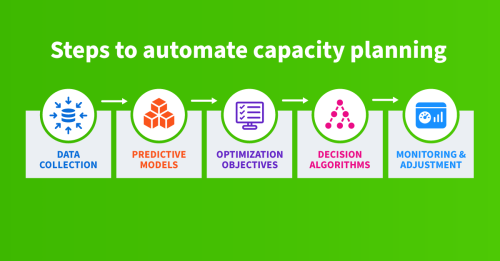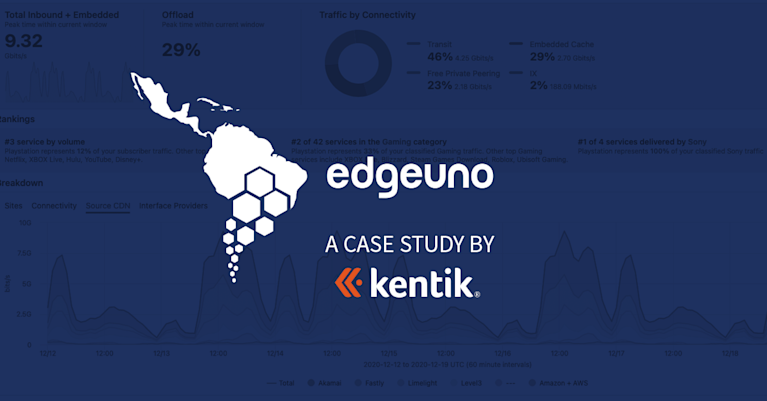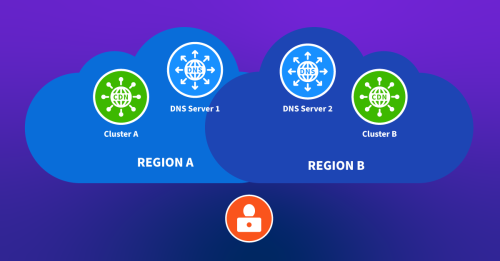Automating Capacity Planning for IP Networks: A Journey into the Future

Summary
By automating capacity planning for IP networks, we can achieve cost reduction, enhanced accuracy, and better scalability. This process requires us to collect data, build predictive models, define optimization objectives, design decision algorithms, and carry out consistent monitoring and adjustment. However, the initial investment is large and the result will still require human oversight.
Capacity planning for IP networks is an essential and continuous process that ensures internet service providers (ISPs) and content providers can meet the growing demands of their users. With the rapid advancement of technology, the idea of automating this process is becoming increasingly appealing. In this post, we will dive into what it would take to automate capacity planning and the possible caveats.
Why automate capacity planning?
Automating capacity planning offers several benefits:
- Cost: Automation reduces the time and effort required to carry out capacity planning, ultimately reducing operational costs.
- Accuracy: Automated systems can quickly process large amounts of data, leading to more accurate projections and decisions.
- Scale: As the network grows, automated processes can easily adapt and scale to accommodate changes without human intervention.
Steps to automate capacity planning
So what does it take to automate the process? The tasks include:
- Data Collection
- Predictive Models
- Optimization Objectives
- Decision Algorithms
- Monitoring and Adjustment
Data collection is the foundation of automating capacity planning. This includes accurate and comprehensive data on network topology, traffic patterns, historical data, and equipment specifications. A robust data collection and enhancement system must be in place to facilitate automated decision-making. Raw data from different sources will not do, but must be enhanced and combined so all relevant aspects of the network are considered.
Using collected data, predictive models can be developed to forecast network usage, capacity requirements, and potential bottlenecks. Machine learning and artificial intelligence techniques can be employed to enhance the accuracy of these predictions over time. The models should ideally be able to take input from third parties – like a CDN, content, or ISP partner.
Then we can clearly outline the goals of the automated capacity planning process. These objectives include minimizing costs, maximizing network efficiency, ensuring high-quality service, or maintaining redundancy. Having well-defined objectives will help guide the development and evaluation of the automated system.
With the data and predictive models in place, we can develop the decision algorithms to optimize network capacity based on the defined objectives. These algorithms should be capable of processing the collected data and making real-time adjustments to network configurations, equipment upgrades, and other relevant factors.
Finally, the automation process should include continuous network performance and usage monitoring and regular adjustments to the predictive models and decision algorithms. This ensures that the system remains up-to-date and can respond effectively to network conditions and user requirements changes. Traffic might not grow precisely according to plan, so this part is crucial in deciding when to start an upgrade project.
It sounds easy when listed like this until you dive into each point. The comprehensive data collection is a large project in itself, so the sheer size of this part of the project is a massive undertaking alone. Let’s have a look at some of the other caveats.
Caveats and considerations of automating capacity planning
Aside from the scale of such a project, there are a number of other things to watch out for:
- Complexity
- Adaptability
- Human oversight
- Cost
Developing an automated capacity planning system is a complex task that requires a thorough understanding of network infrastructure, traffic patterns, and capacity management. No software or data engineer can do this, so a collaborative team of developers, network engineers, and planners need to work together to design and eventually use the system.
The automation system must be adaptable to the dynamic nature of IP networks. It should handle changes in network topology, user demands, and technology advancements. Regular updates and maintenance are necessary to ensure the system remains responsive to the ever-changing industry landscape.
While automating capacity planning can save time and resources, we can only partially eliminate human oversight to be safe. Human expertise is necessary to validate the system’s decisions, monitor its performance, and intervene in case of unforeseen issues or complex situations that the automation system might not be equipped to handle.
Developing and implementing an automated capacity planning system requires a significant initial investment in technology, infrastructure, and skilled personnel. You should carefully weigh the potential benefits against the costs and consider the long-term return on investment.
The caveats seem significant, but if you think about it, you might already be halfway there. If you are already running a network observability tool like Kentik, you will have solved a large part of the data collection task. You will know your traffic in detail, and this, combined with your inventory data and configuration management system, is the first big step on the way.



